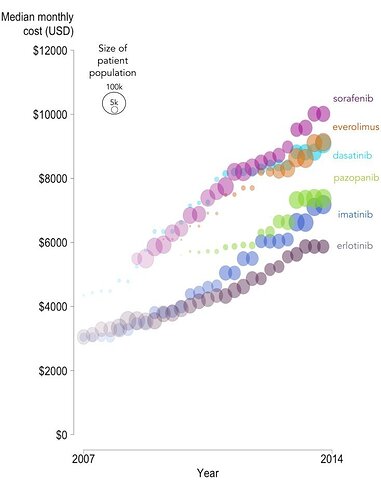Should have updated this along with Ankit’s AGM Note. Sorry for my pre-occupation/tardiness - couldn’t prioritise before. Think its relevant for everyone interested/tracking/invested in Shilpa to be aware/thinking about these issues, too.
Equity Dilution/Reverse Merger Issues raised during AGM 2016
1.Shilpa Medicare has executed brilliantly over last 2 decades. Much of that Credit goes to your brilliant leadership and Team Shilpa. However this journey has often been funded by frequent Equity dilutions (almost 100% between 2005 to 2015; Adj shares 2005: 2,656,100, 2015: 5,140,127) unlike say a Divi’s Laboratories which has managed exemplary growth with zero dilution. Your thoughts?
Unfair to compare Divi’s Laboratories with us. They are huge in Contract Manufacturing. The business is in a different league - hugely profitable - that funds itself. We have to invest much more in R&D and long-gestation projects, before we can start seeing returns. Our model is different.
2. At the same time, as an Entrepreneur who is largely responsible for bringing Shilpa to where it is today, you must have some floor on dilution? Whereas all vision and execution is by the Entrepreneur, one view says with frequent dilutions, it’s the financiers who walk away with all the spoils. You might not want your stake to go below a certain threshold like 40-50%?
Well its not just me. Its Team Shilpa that has brought us where we are today. I don’t think about Equity that way. I am not even aware of what exactly our stakes are. Promoter family category together has some 50 -60% stake. No, I do not see any floor like that as long as we continue to take the business to higher levels.
3.Yet, there are other - one would say - less costlier ways of funding growth. A better mix of debt-funding was always possible? Could your explain Shilpa’s thought process on the optimum mix of debt and equity funding?
Yes, agreed debt funding is also one of the modes that we would be increasingly looking to utilise. Our thinking is as follows:
a) Long gestation projects - like say the Bio-Similar project - we have to keep investing for about 5 years, before we can see results. For such projects, when we know returns are going to come only after 5 years and subject to some risk, we prefer Equity Funding as a less costlier route. Why take on huge debt, and add the burden of debt-repayments while returns are still far away.
When we plan for a long gestation project - typical funding plans are 1/3rd equity dilution, 1/3rd debt, and balance from internal accruals. We like to ensure required money is at hand right at the start, rather than go the bank in the middle of the long gestation project (and face any restrictions).
b) Smaller gestation projects - obviously we prefer to use Internal accruals first, with a judicious mix of debt. No equity dilution.
4.Some Analysts point to an amalgamation carried out in 2009 with a small entity Shilpa Organics Pvt. Ltd. - financials unknown - swap ratios couldn’t be transparently established. 2006 AR showed this an Associate company with high related party transactions?
Promoters acquired a sick unit in late eighties ('87 or '89) and turned it around subsequently - Shilpa Organics. PE Investors on board had prodded us on the amalgamation to upheld Corporate Governance standards - to ensure no conflict of interest with any other promoter-held entity engaged in same line of business.
5.The same analysts point to an almost 16% shareholding increase, following the Amalgamation, by Promoters in a cashless manner?
Well, as mentioned that was sometime back. Can’t recall the exact financials. What I can assure you though - we had followed proper procedure as laid down by stock exchanges, SEBI guidelines and court orders. As of this moment - there is not a single paisa of promoter family invested in any other pharma business. Focusing on Shilpa Medicare and continuing to grow the business is what we will invest in.

